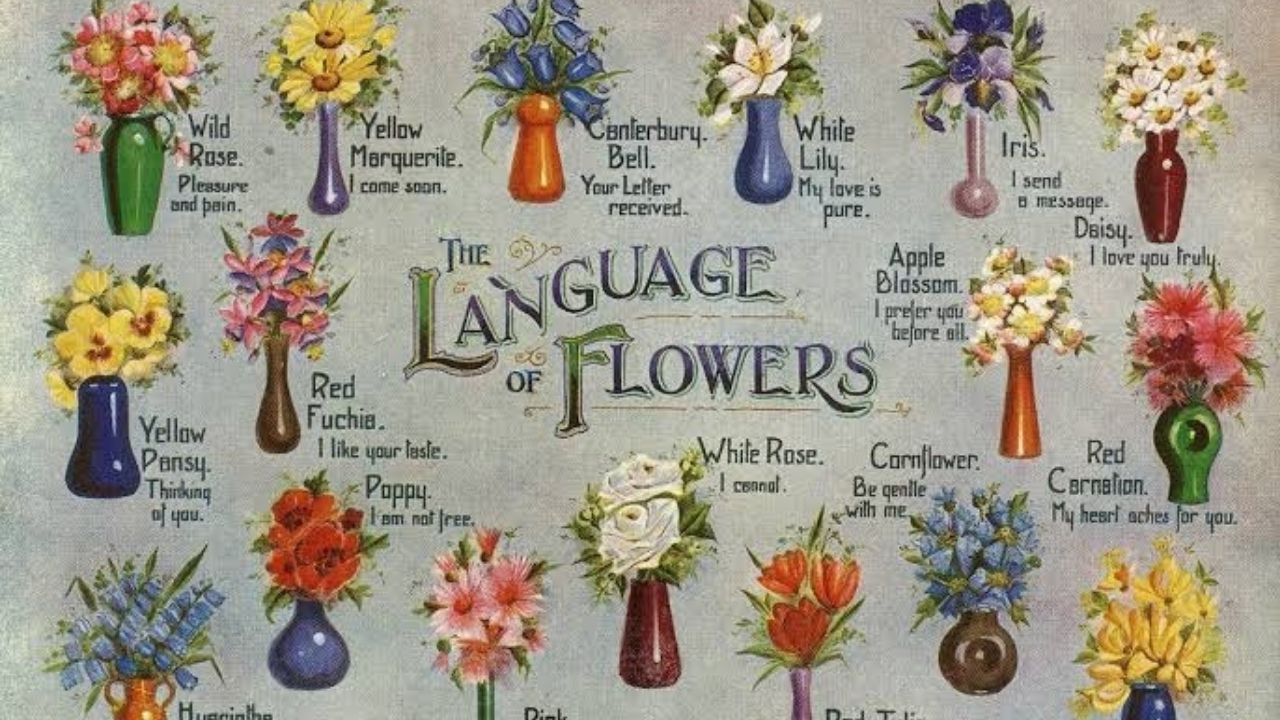FLORIOGRAPHY | BEAUTIFUL FLOWER LANGUAGES

Floriography is a way that represents cryptological communication through the use or arrangement of flowers. It has been attributed to flowers for thousands of years, and some forms of floriography are prevalent in cultures throughout Europe, Asia, and Africa. These flower language concepts play an important role in literature also. From William Shakespeare to J.K Rowling’s Harry Potter stories, flower language plays a significant role. Through flowers, we can express almost every sentiment. Flower language is a century old tradition and the meaning of flowers varies location wise.
So, take a look on “flower-language” of some following and very common Indian flowers :
- Rose: Rose is a perennial flowering plant of the genus Rosa in the Family Rosaceae. There are more than hundreds of species and several thousand varieties. Here are some of them with flower language.
- Red Rose is a very common and probably very commonly used flower. A red rose symbolizes unconditional love. A darker shade of red rose comes with a meaning of unconscious beauty. A single red rose used to say ‘I love you’.
- Yellow Rose beyond its organic symbol, it may represent to say ‘I’m not worthy’. These yellow roses in the Victorian era express jealousy and infidelity. They can awaken one last love. But as time goes on the meaning changes and today it represents friendship, joy, and caring. A bouquet of these sun-filled flowers expresses warmth, joy, and affection.
- White Rose in the west is the virgin sign. The white rose is associated with birth and is a symbol of virginity and innocence. The white rose tradition is traditionally associated with marriage and new beginnings. It stands for holiness, fulfillment, and reverence. The white rose is heavenly and says ‘I’m worthy of you’.
- Pink Rose is often given in the beginning as an expression of love or admiration because it has a softer meaning than its red counterparts. Pink is a symbol of grace, sophistication, and elegance. Pink roses are an expression of Platonic love and friendship. It symbolizes elegance or femininity. A darker shade of pink conveys a sense of appreciation. It used to say ‘Thank you’ or ‘Please believe me’.
- Lavender Rose is one of the rarest breeds of the rose family. These roses are a symbol of enchantment and splendour, these flowers stand for royalty. Lavender roses often carry signs of love at first sight and an air of regularity.
- Black Rose is said not to be the true color of the rose. These roses are a mysterious flower that can mean many things. The color black is often synonymous with death and mourning and is commonly used in funerals. But black roses have a more positive meaning. They can stand at the beginning of new things and big changes.

Zinnia: This flower blooms from mid-summer all the way until frost. It also symbolizes lasting friendship, goodness and remembrance. It’s a symbol of endurance.

Lotus: Other than being our national flower, the lotus plays a significant role in eastern religions. It symbolizes purity. It also symbolizes enlightenment, self-regeneration, and rebirth. Its features are a perfect resemblance to human conditions: the lotus produces the most beautiful flowers even though its roots are in very deep dirty water.

- Chrysanthemum: It’s a November flower. In Asia, chrysanthemums hint at life and rebirth, giving great gifts for their birthdays and baby showers whereas, in Europe, chrysanthemums express sympathy. On the other hand, these Chrysanthemums are commonly seen as flowers that stand as a symbol of honour and respect in America. Chrysanthemums are believed to represent happiness, love, longevity and happiness, but the difference in colour of Chrysanthemums flower varies its meaning.
- Red chrysanthemum flower is a symbol of love.

- Yellow chrysanthemum flower is indicative of neglected love or sorrow.

- White chrysanthemum symbolizes loyalty and dedicated love.


